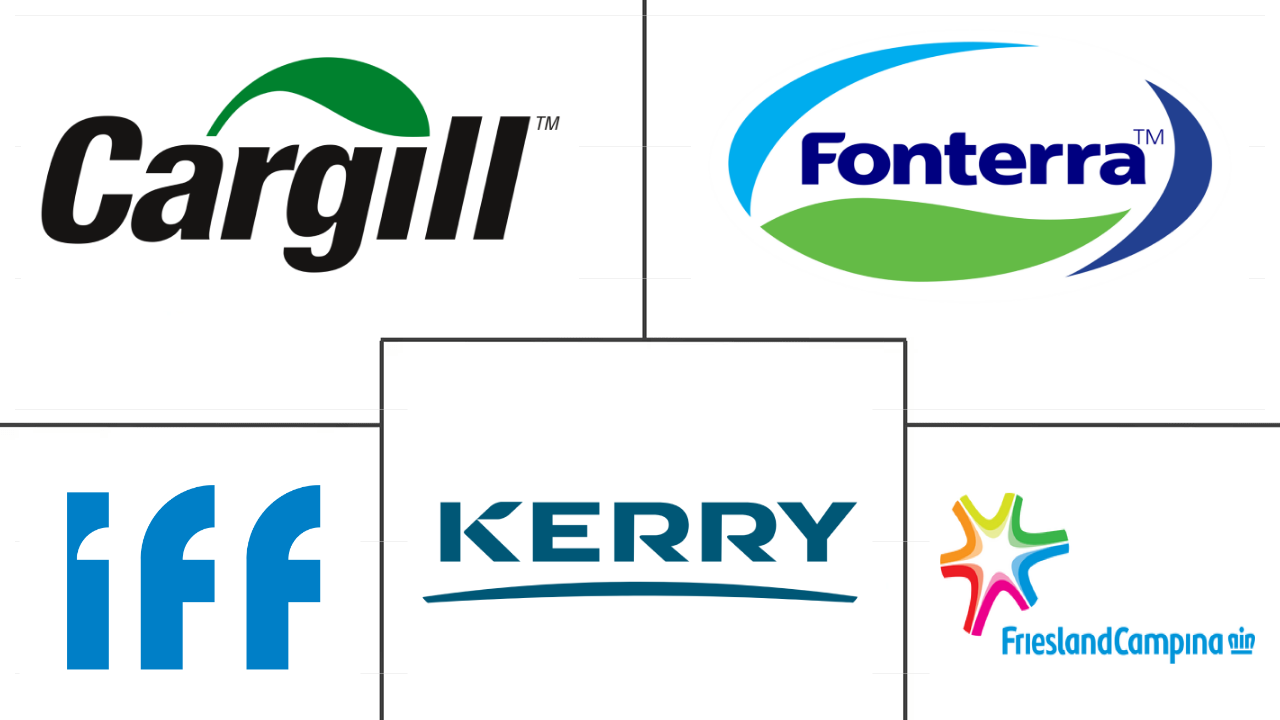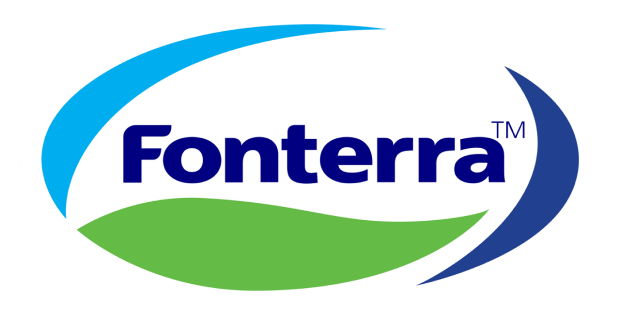Market Size of middle east protein Industry
| Icons | Lable | Value |
|---|---|---|
|
|
Study Period | 2017 - 2029 |
|
|
Market Size (2024) | USD 1.37 Billion |
|
|
Market Size (2029) | USD 1.84 Billion |
|
|
Largest Share by End User | Food and Beverages |
|
|
CAGR (2024 - 2029) | 6.14 % |
|
|
Largest Share by Country | Saudi Arabia |
Major Players |
||

|
||
|
*Disclaimer: Major Players sorted in no particular order |
Middle East Protein Market Analysis
The Middle East Protein Market size is estimated at 1.37 billion USD in 2024, and is expected to reach 1.84 billion USD by 2029, growing at a CAGR of 6.14% during the forecast period (2024-2029).
1.37 Billion
Market Size in 2024 (USD)
1.84 Billion
Market Size in 2029 (USD)
4.61 %
CAGR (2017-2023)
6.14 %
CAGR (2024-2029)
Largest Market by Source
57.49 %
value share, Plant, 2023
Food and beverage and animal feed drove the plant protein segment in the region. Among all, soy protein remained most favored, owing to its low cost and excellent quality.
Largest Market by End User
61.83 %
value share, Food and Beverages, 2023
The higher supply of plant proteins like rice, pea, and wheat proteins that can mimic meat texture together with protein fortification is catering to the segment.
Fastest growing Market by Source
6.16 %
Projected CAGR, Animal, 2024-2029
Growing demand for milk proteins in the supplements and food and beverage segment is estimated to drive the segment growth. Also, an increasing preference for collagen-based supplements and skin care products is identified as a key driving factor.
Fastest growing Market by End User
7.23 %
Projected CAGR, Personal Care and Cosmetics, 2024-2029
The rising consumer interest in anti-aging beauty products such as collagen-based skincare and hair-care products fuels the protein demand in the segment. Increasing preference for clean-label cosmetics is estimated to boost the sales of plant proteins like textured pea protein.
Leading Market Player
6.16 %
market share, Fonterra Co-operative Group Limited, 2021

Fonterra Co-operative Group Limited gained a competitive edge over other players due to its extensive product portfolio, along with its strategic moves toward innovation.
Rising number of vegan and flexitarian consumers in the Middle East has resulted in an increased market share of food and beverages segment in the region
- The food and beverage segment led the application of proteins in the region, accounting for a major volume share. The share was highly influenced by the dairy, meat-alternative, and bakery industries, which accounted for 42% of the value share of the overall proteins consumed in the Middle East in 2022. The share is primarily driven by the rising number of vegan and flexitarian consumers who increasingly rely on or are open to animal-free product offerings in the market.
- This segment is followed by the animal feed segment, which is largely driven by the application of plant proteins. The inclusion of sustainable plant protein sources, mainly soy and wheat proteins, highly drives the segment due to their low cost, excellent digestibility, and neutral flavor profile. Hence, pea protein has opportunities for wide applications in animal feed and is anticipated to be the fastest-growing protein type in the animal feed segment, with a CAGR of 8.8% by volume during the forecast period.
- The personal care and cosmetics segment is the fastest-growing, with a projected CAGR of 7.12% by value during the forecast period. Proteins are used in a range of cosmetics products, including emulsions, gels, shampoos, conditioners, and creams. Proteins such as collagen, elastin, and keratin are also gaining popularity due to their higher efficacy in naturally strengthening the skin and hair texture. Companies like Estee Lauder, Neu Cosmetics DMCC, and Guerlain are increasingly investing in R&D to develop more effective and sustainable alternative protein sources. This factor is further boosting the ingredient scope and application in personal care products, which may aid the growth of the market in the future.
With more than half of its population looking to consume protein supplements, Saudi Arabia registered the maximum market share in the region's protein market
- One of the region's most important dietary and consumer trends is the shift toward plant-based, flexitarian, or reducetarian diets. This has resulted in the highest share of plant proteins. Plant proteins accounted for an applicational volume of 82% in 2022.
- Saudi Arabia led the market in 2022. The food and beverage and animal feed segments held volume shares of 52% and 41%, respectively, in 2022, largely contributing to the market growth. This was due to Saudi Arabia's high level of product integration and fiercely competitive environment. Companies are strengthening their domestic presence by acquiring small businesses, thereby expanding their protein production units and product portfolios.
- The rise in active lifestyles in Saudi Arabia is anticipated to increase protein consumption. In 2021, 48.2% of people across Saudi Arabia engaged in physical and sporting activities for at least 30 minutes per day. The consumption of protein in Saudi Arabia accounted for a volume of 8,234.4 tons in 2022. About 50% of physically active people consumed protein supplements in 2020. About 56.1% of active people consume protein supplements to gain muscles, followed by 28.6% of people using protein supplements to compensate for protein deficiency.
- Iran is the second-largest consumer of protein. Iran is projected to register the fastest CAGR of 8.4% in terms of volume during the forecast period. Plant protein dominated the Iranian market, driven by the demand from the food and beverage and animal feed sectors.
- The United Arab Emirates is another key protein market in the region, led by soy protein. Soy protein accounted for 55.90% of the value share of the UAE protein market in 2022. Soy protein is primarily driven by the animal feed and food and beverage industries.
